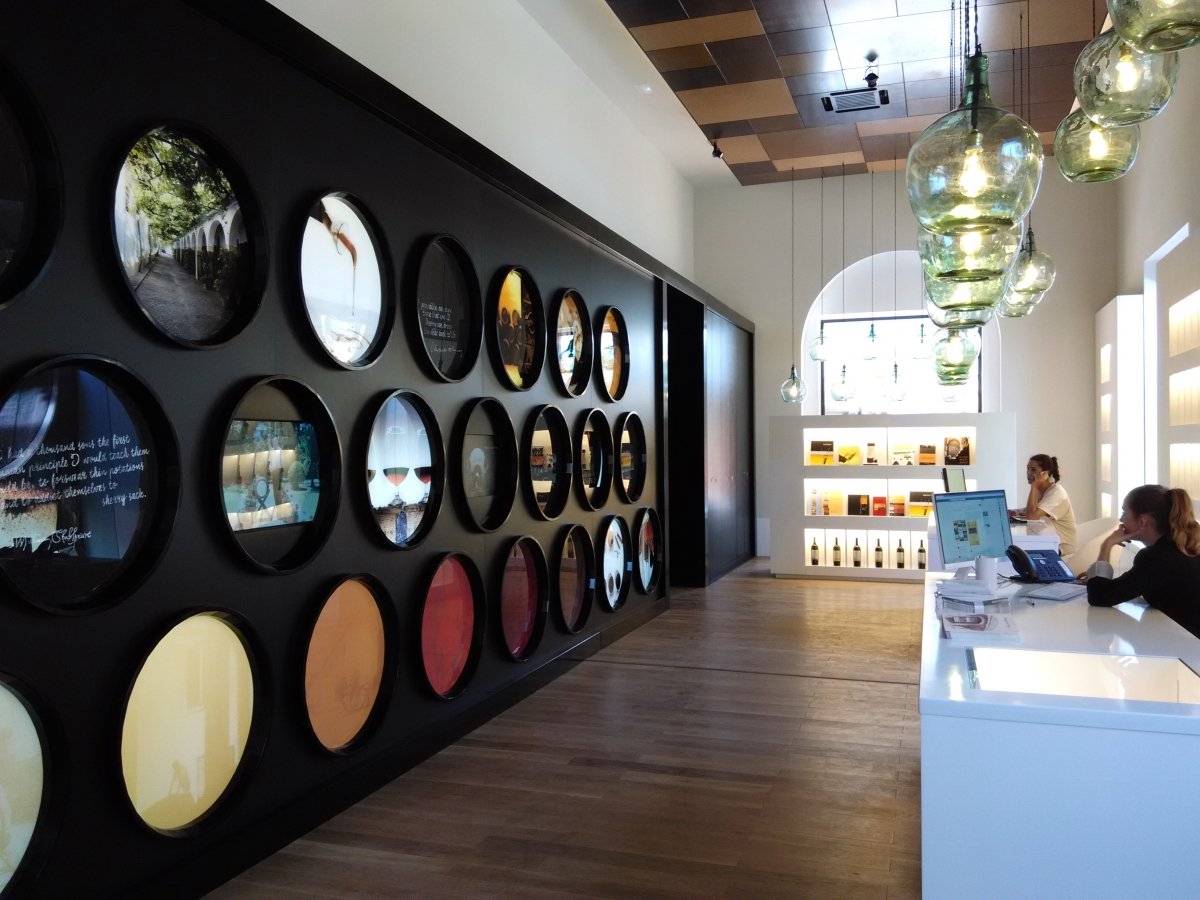
The name Jerez applied to wine and its translations "Xeres" and "Sherry" and the name "Manzanilla" are designations of origin. The concept of a Denomination of Origin alludes to the usage of specific terms, generally the names of places, cities or regions, in order to refer to a product which, due to its origin and specific production method, is especially valued by consumers. To a certain extent it may be considered to be a kind of "collective brand" applied to all products of a certain type which also come from a particular place.
“...the first to be constituted according to the terms of the Spanish Wine Statute of 1933, which means that we are talking about the oldest Consejo in Spain.”
In our specific case, those wines produced in the Jerez region in accordance with specific traditional processes and fulfilling specific conditions are legally protected by the Denominations of Origin "Jerez-Xérès-Sherry" and "Manzanilla - Sanlúcar de Barrameda". In addition, another agro-food product also exists within the Jerez region, one which in the year 1994 achieved the status of a Denomination of Origin: "Vinagre de Jerez" (Sherry Vinegar).
Not all the wines and vinegar produced in the region enjoy the protection of these Denominations: there are companies in the region which produce table wines - mostly white wines but in recent years also reds. However, as neither the methods used nor the types of wine obtained meet the strict requirements of the Regulations, these wines are unable to belong to the Denominations of Origin.
Equally, although other wine-growing areas produce wines which are similar in style to those of the Jerez region and use methods which are also comparable, the fact that they do not originate in the region defined by the Denomination of Origin means that they are unable to make use of terms such as Jerez, Sherry or Manzanilla.
If we are to speak of products as having a Denomination of Origin, then two different elements must coincide: the origin and production process.
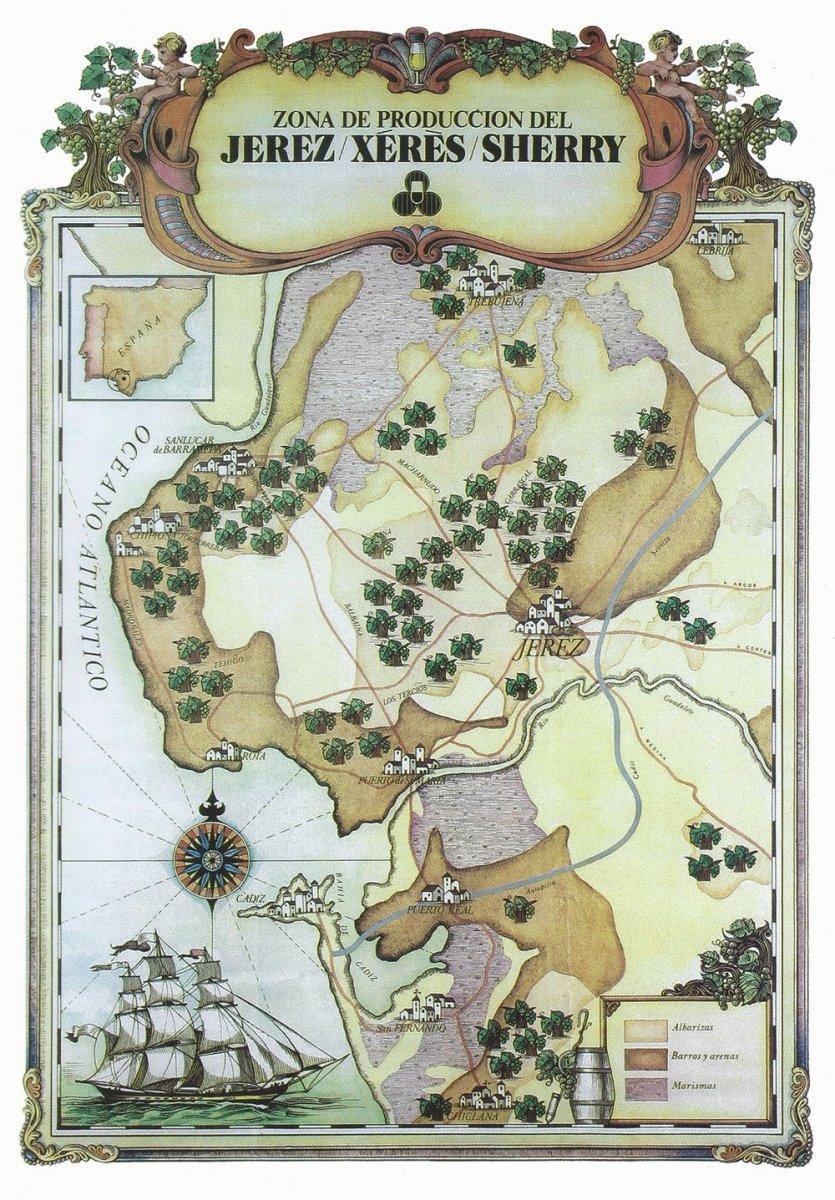
The Production Zone of those wines protected under the Denominations of Origin "Jerez-Xérès-Sherry" and "Manzanilla - Sanlúcar de Barrameda" is located in the extreme south of the Iberian peninsular. Only those vineyards located within the municipal boundaries of Jerez de la Frontera, El Puerto de Santa María, Sanlúcar de Barrameda, Trebujena, Chipiona, Rota, Puerto Real, Chiclana de la Frontera and Lebrija, and situated on land which the Consejo Regulador considers suitable, may grow grapes for the production of Sherry and Manzanilla. The Production Zone currently occupies an area of just over 7,000 hectares.
The area traditionally known as "Jerez Superior" is a subdivision within the Production Zone consisting of vineyards planted in alberiza soil, the physico-chemical composition of which, together with their geographical location and climatological conditions make them ideal for the production of superior quality wines.
Another important geographical delimitation is referred to as the "Ageing and Maturing Zone" - also known as the Sherry Triangle. The ageing of wines protected by the Denomination of Origin "Jerez-Xérès-Sherry" may only take place in the towns of Jerez de la Frontera, El Puerto de Santa María and Sanlúcar de Barrameda and the Ageing Bodegas are therefore all located in these towns.
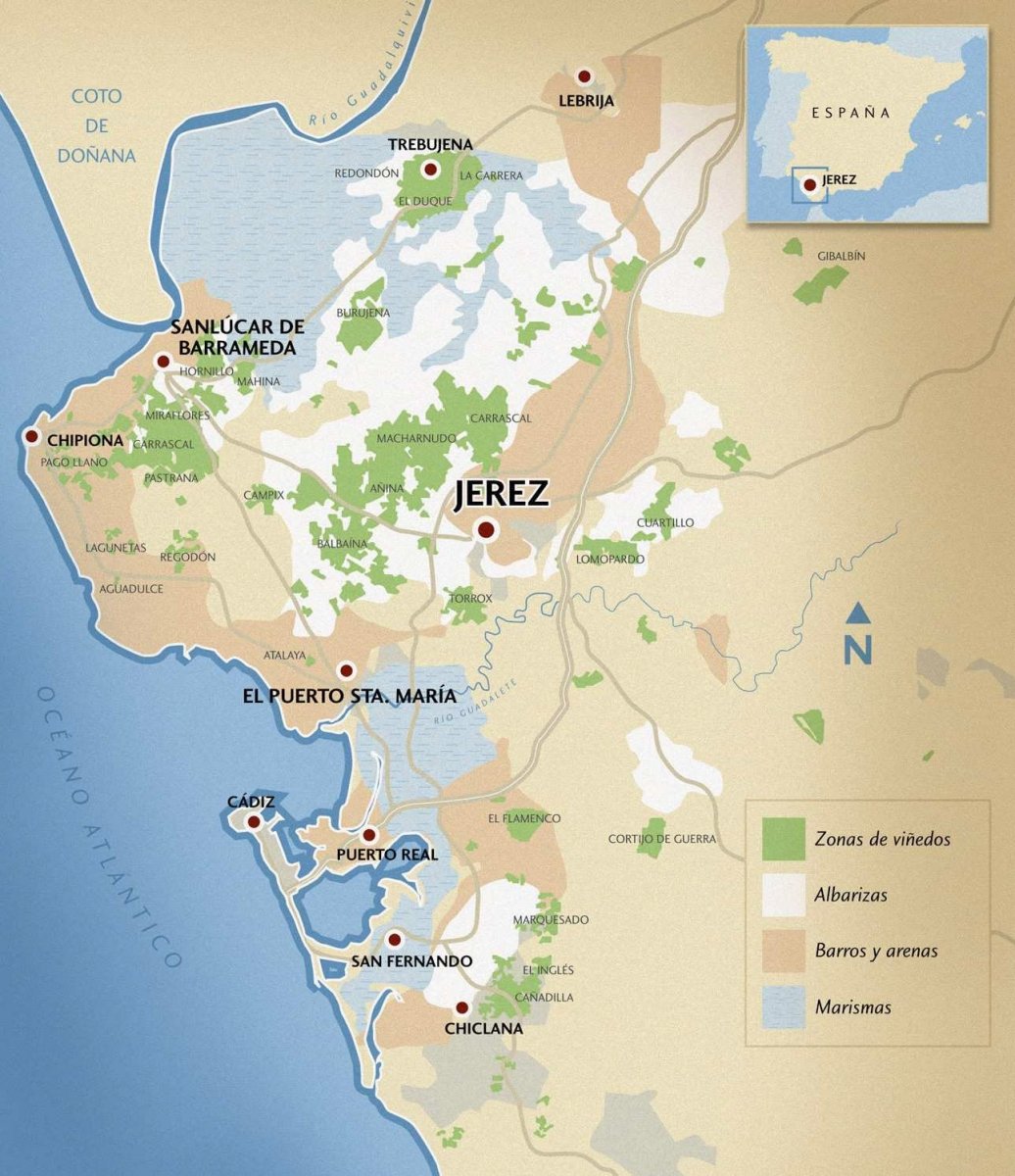
The Production Zone of those wines protected under the Denominations of Origin "Jerez-Xérès-Sherry" and "Manzanilla - Sanlúcar de Barrameda" is located in the extreme south of the Iberian peninsular. Only those vineyards located within the municipal boundaries of Jerez de la Frontera, El Puerto de Santa María, Sanlúcar de Barrameda, Trebujena, Chipiona, Rota, Puerto Real, Chiclana de la Frontera and Lebrija, and situated on land which the Consejo Regulador considers suitable, may grow grapes for the production of Sherry and Manzanilla. The Production Zone currently occupies an area of just over 7,000 hectares.
The area traditionally known as "Jerez Superior" is a subdivision within the Production Zone consisting of vineyards planted in alberiza soil, the physico-chemical composition of which, together with their geographical location and climatological conditions make them ideal for the production of superior quality wines.
Another important geographical delimitation is referred to as the "Ageing and Maturing Zone" - also known as the Sherry Triangle. The ageing of wines protected by the Denomination of Origin "Jerez-Xérès-Sherry" may only take place in the towns of Jerez de la Frontera, El Puerto de Santa María and Sanlúcar de Barrameda and the Ageing Bodegas are therefore all located in these towns.
The set of rules by which the Denomination of Origin is governed are set out in a document known as the "Regulations". In the regulations of each Denomination of Origin we are able to find all the relevant details concerning the delimitation of the production zone, the authorised varieties and cultivation techniques, and basic aspects concerning the production and ageing of Sherry wines.
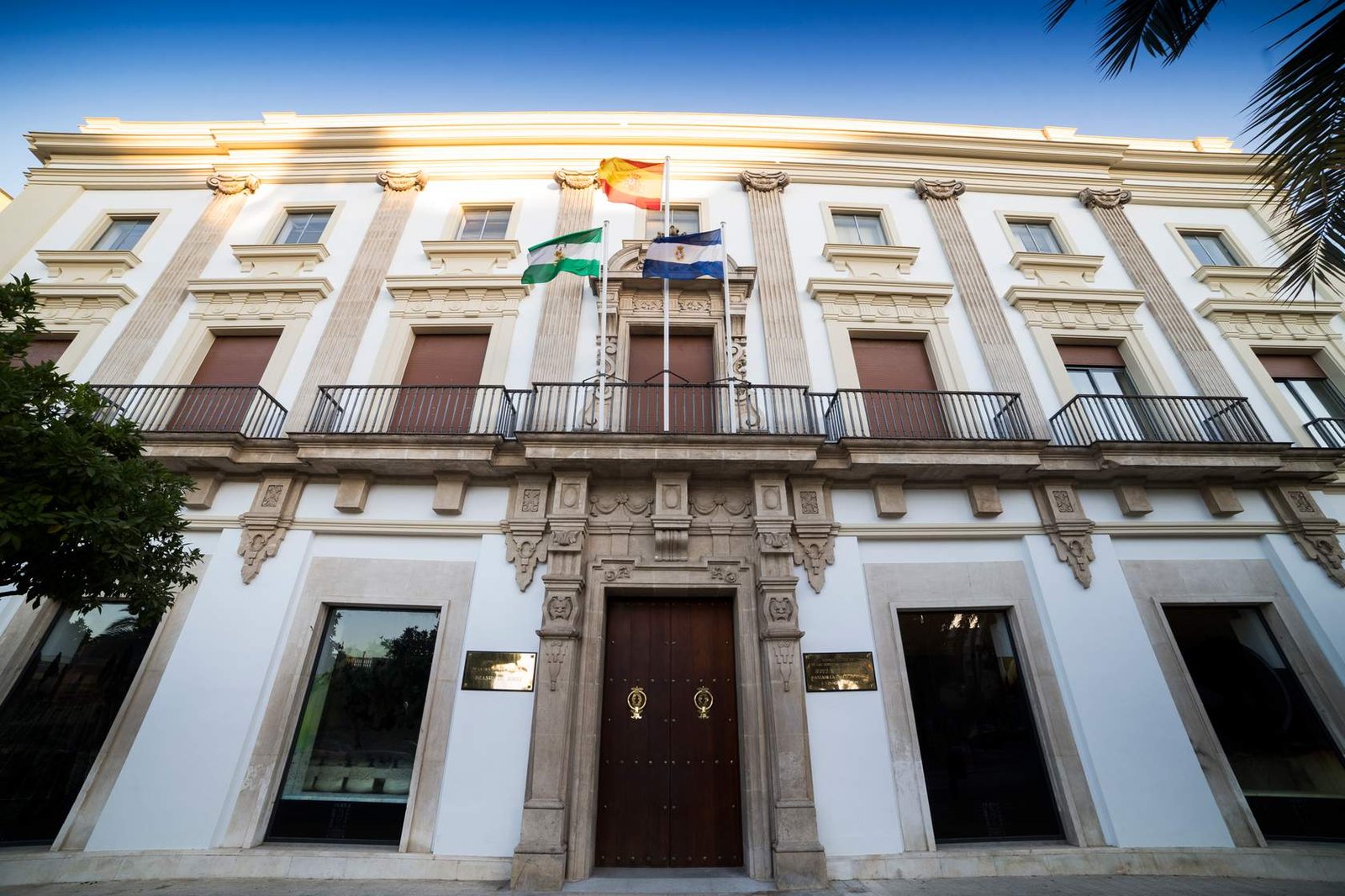
A Denomination of Origin does not just refer to a place and a set of rules, but also the operators: the wine-growers and owners of the sherry firms who create the wine and who are therefore responsible for the Denomination successfully achieving and maintaining its prestige as perceived by the consumer.
The defence of the Denominations of Origin "Jerez-Xérès-Sherry" and "Manzanilla - Sanlúcar de Barrameda" is legally entrusted to the Consejo Regulador. From a legal point of view, the Consejo Regulador of the Denominations of Origin is a Public Law Corporation representing both economic and social interests which during the execution of specific public responsibilities acts as a decentralised body of the Andalusian Regional Government Council of Agricultural and Fisheries.
In more simple terms: the Consejo Regulador has a "private" dimension in that it represents the private interests of all the registered wine-growers and sherry firms; and a "public" dimension, acting as it does in the name of the Administration in a series of matters directly related to the management and defence of an asset which is public in nature, that of the Denomination of Origin itself.
In essence, the Consejo represents each and every one of the professional sectors within the Denomination of Origin: sherry firms and independent wine-growers and members of cooperatives. The plenary council of the Institution is made up of 23 members, 20 of whom are democratically elected every four years. By means of this electoral process 10 members are elected to represent the production sector (wine-growers) and 10 representatives from Bodegas. Once elected, the 20 members of the Consejo in turn elect a President, who is put forward to be officially named by the Andalusian Regional Government, the Junta de Andalucia. Plenary meetings are also attended by representatives from the Junta de Andalucia, who may speak but not vote, and by the General Secretary of the Consejo Regulador.
The different tasks undertaken by the Consejo Regulador, as set out in the Denomination Regulations, may be reduced to three main categories:
One of the functions common to any Consejo Regulador is that of controlling quality and guaranteeing the origin of those products under its protection. Bearing this in mind the Consejo Regulador of Jerez includes within its Regulations a set of obligatory rules regarding every stage of the producvtion process which begins in the vineyard and ends when the wine is purchased by the consumer.
In order to guarantee the quality of the product the Consejo Regulador has set up a stepped control procedure.
The registration of vineyards in the Register of the Consejo Regulador is an essential requirement if the grapes and must produced are to be classified for the production of Sherry. This registration involves the verification by the Consejo Regulador of the suitability of the soil as well as the use of authorised varieties. Throughout the year the services of the Consejo will verify fulfillment of the norms laid down in the Regulations concerning growing, pruning, irrigation control, etc... They also monitor the ripeness of the grape prior to harvesting.
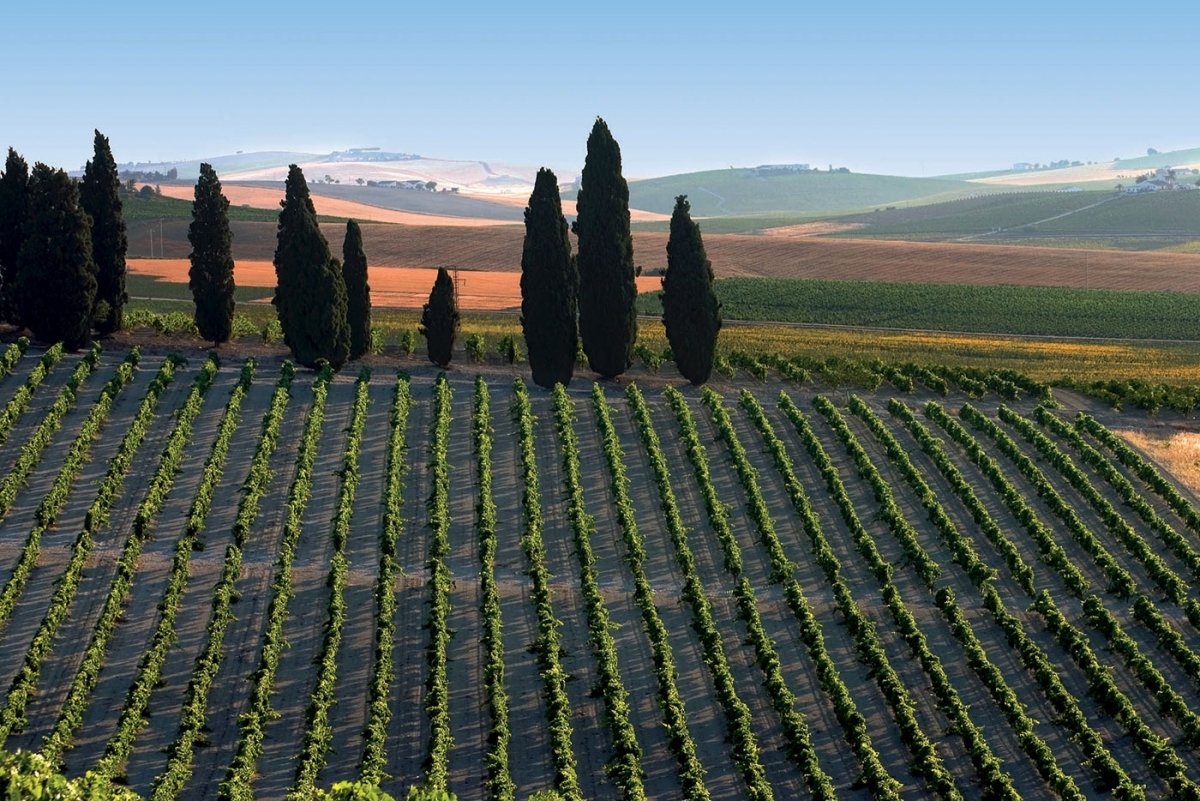
The Consejo Regulador puts a wide range of monitoring and inspection procedures into action during the harvest, which include the control of each and every load of grape sent to those wine presses registered under the Denomination. Inspectors from the Consejo Regulador are stationed at each of the pressing plants in order to record the quantities of grapes delivered, as well as checking that the degree of ripeness and general health of the grapes comply with the requirements laid down in the regulations and with the norms of that specific campaign. Once the harvest is over the amount of must produced is measured and samples are taken and checked prior to the musts being classified as suitable for the production of Sherry Wines.
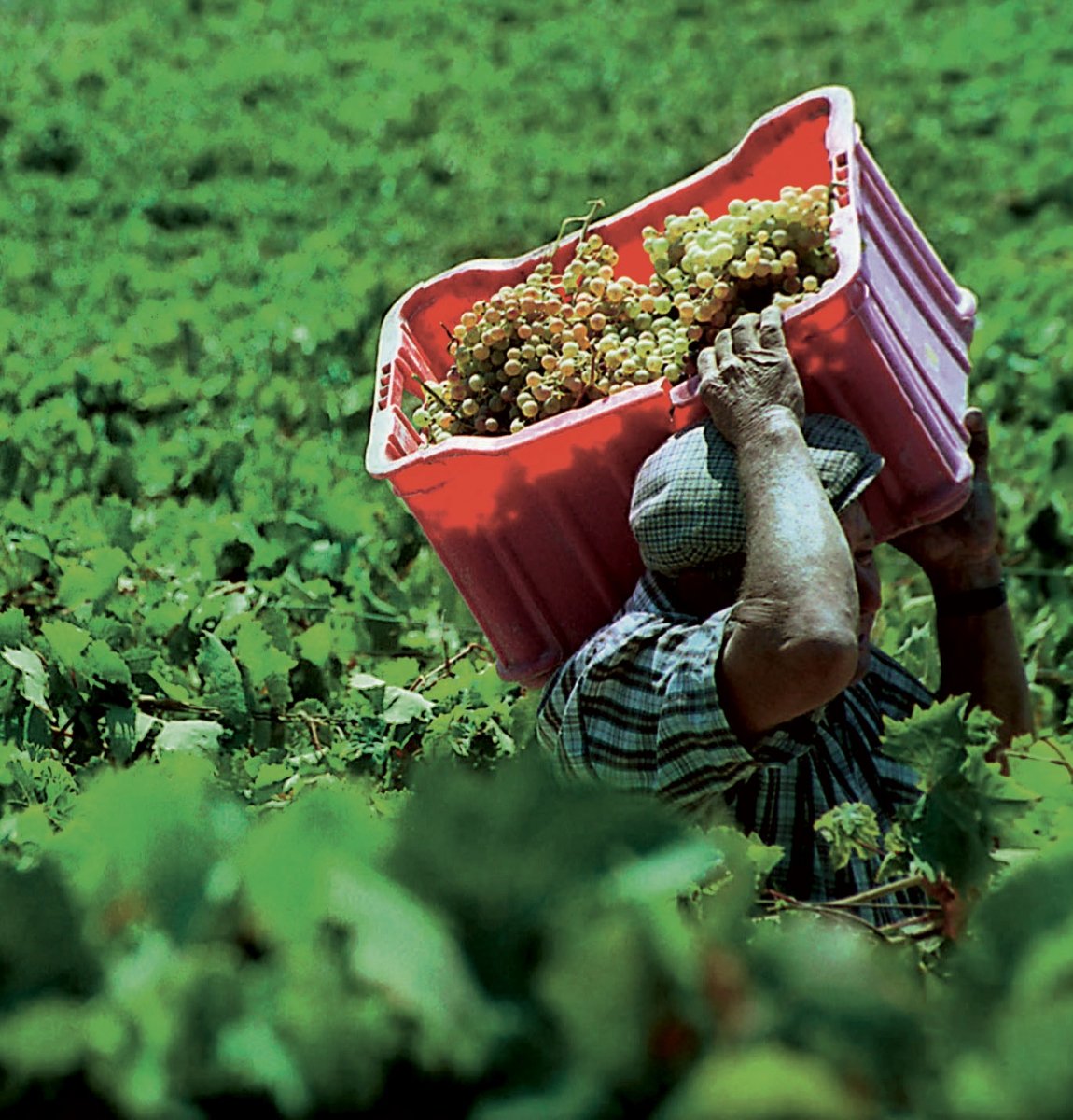
The Control and Inspection Service of the Consejo Regulador likewise maintains a permanent control on the movements of must and wine between bodegas, as well as wine alcohol and other authorised oenological products which are occasionally used by the registered firms. In addition, each and every one of the bodegas are subject to periodical inventory checks to ensure that the stocks declared by the company tally with the volume of wine actually being aged on the premises.
Finally, the Consejo Regualdor also has an important role to play in the final stages of the production process, that of guaranteeing the quality of those products governed by the Denomination of Origin before they reach the final consumer. In order to do this, inspectors from the Consejo take wine samples from each of the registered sherry firms which are then analysed at a laboratory in the Estación de Viticultura y Enología in Jerez. All this in addition to the daily tasting sessions which take place in the tasting room at the Consejo Regulador.
Only wine which has undergone and successfully completed this exhaustive control process is granted the certifying stamp of the Consejo Regulador and the corresponding guarantee of origin.
It also falls to the Consejo Regulador to act as custodian and defender of the interests of the Denomination of Origin, both at a national and international level. Unfortunately, even today, it is not unusual to come across cases where imitators in search of easy profit make unlawful use of names belonging to our Denominations of Origin in an attempt to capitalise on their fine reputation and the centuries of hard work and dedication of the wine producers in the Jerez Region.
Sherry is a classic wine which has existed for centuries, long before the introduction of any legal mechanisms to protect industrial property, and has constantly had to fight several attempts to usurp its name. In fact many other countries have tried to equate the name Jerez and its English version Sherry with a type of wine rather than recognise it as a denomination of origin. As a result genuine sherry has been forced to co-exist alongside other "sherries" of spurious origin and fabrication: British, Australian, Canadian, New Zealand, Californian, South African, etc...
Currently, and to a great extent thanks to the work of the Consejo Regulador, international recognition of the Denomination of Origin has been achieved in the most important markets, although there are still certain exceptions which keep the Consejo busy initiating administrative or legal action in defence of the Denomination.
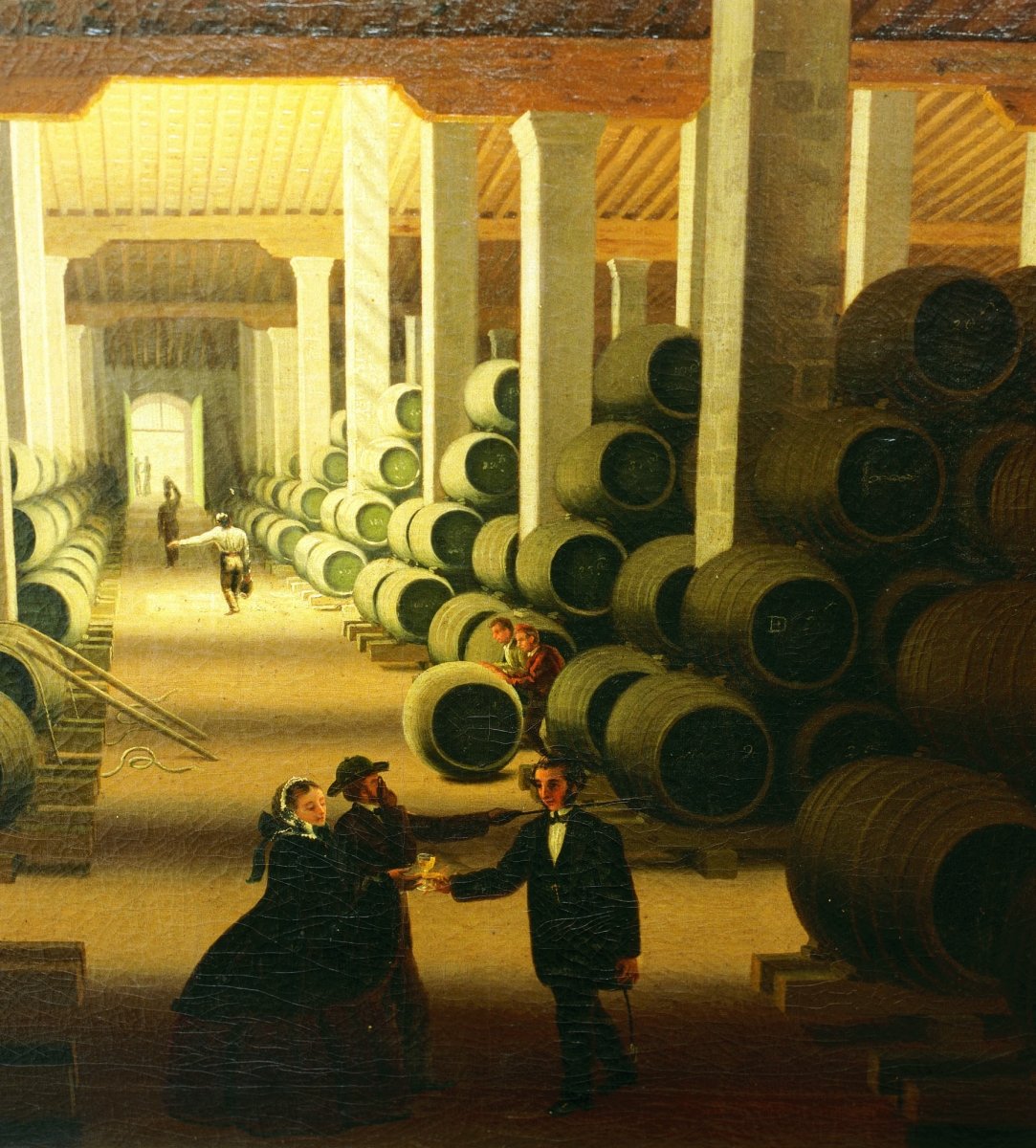
A Denomination of Origin is a collective property, one whose current value is the consequence of a historic past and whose future value depends upon preserving its code of practice in the present day whilst maintaining the impetus given to the sale of its products.
Promotion of the collective brand Sherry and its products forms a major part of the activity of the Consejo Regulador. In this sense the work of the institution is especially important from an educational and informative point of view. The Consejo has for several years now pioneered the use of part of its budget for generic promotional campaigns in those markets where its protected products are sold.
